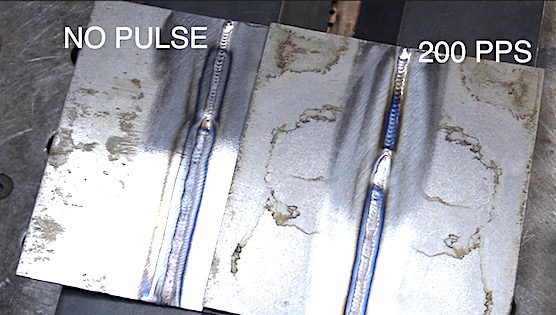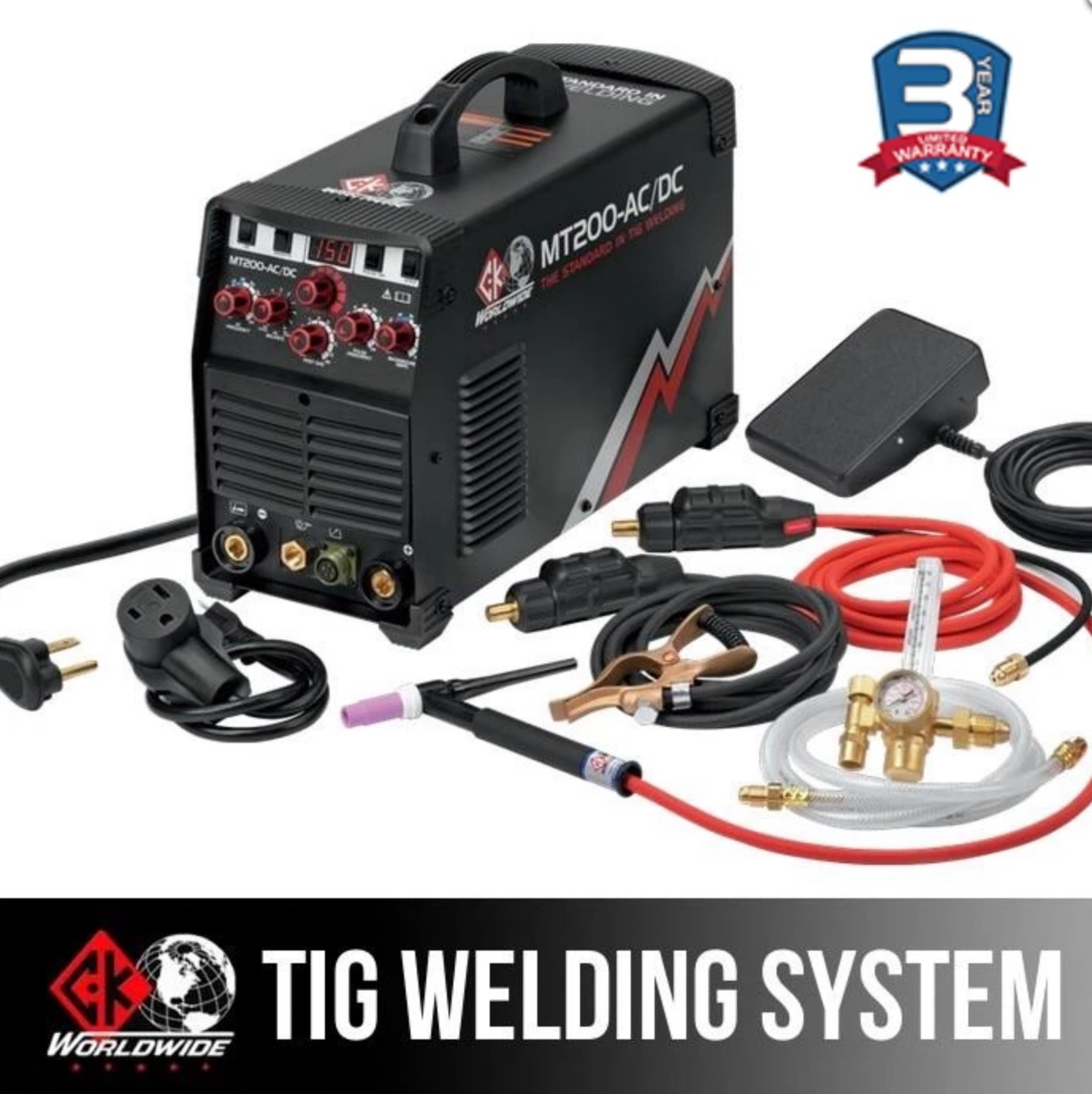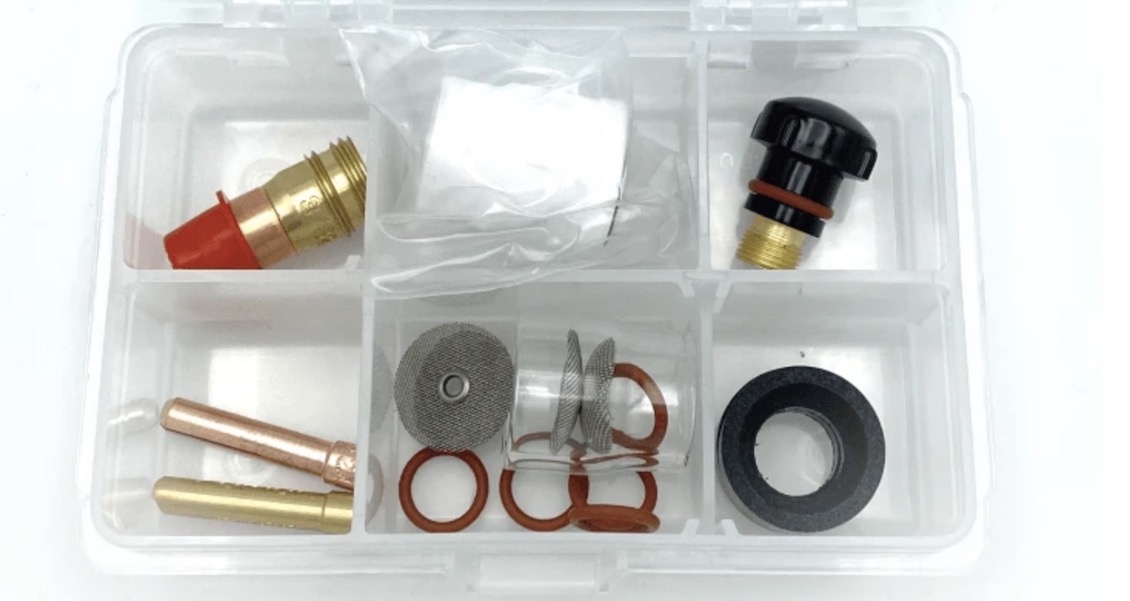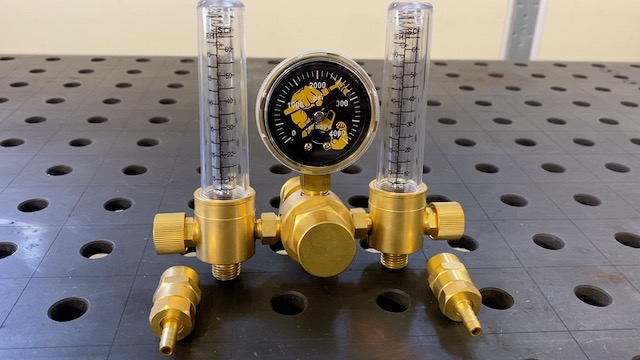Aerospace Welding Practice Test

This page is about practicing for an Aerospace welding test using plain cold rolled carbon steel.
Aerospace welding tests in the USA are typically administered using the AWS D17.1 specification.
Alloys used for test purposes are listed in AWS d17.1 and are typically:
- 4130 chromoly used to represent carbon and low alloy steels
- 15-7ph stainless steel - precipitation hardening iron based stainless steels
- Inconel 718- precipitation hardening nickel alloys
- 6061 aluminum - aluminum and aluminum alloys
- AZ31b Magnesium - magnesium alloys
- 6Al4v Titanium - titanium alloys
- Haynes 188 cobalt alloy - cobalt based alloys
Some of these alloys are extremely expensive so it makes sense to start off practicing on plain cold rolled steel.
Once you can weld a test joint that is acceptable using cold rolled steel, then and only then should you graduate to the more expensive alloys normally used in aerospace welding tests.
The thickness I used measured .038" and while that is a pretty good all around thickness to practice, much thinner metal is often used.
The thickness used for testing is determined by the scope of the work done.
AWS d17.1 requires the test joint to be within a certain range of the maximum and minimum thickness of actual part welded.
The fixture I used for this practice test was made by my friend Adam Booth (aka abom79 on YouTube and instagram).
This fixture is similar to what is used by most aerospace welding facilities.
One thing to really watch on purge fixtures is the flow rate of the purge gas.
make sure the flow rate is not too high.
I have used some fixtures where on 5cfh was needed and anything more than that would cause turbulence and would disturb the argon envelope coming out the tig torch.
Carbon steel requires approximately 1 amp per one thousandths of thickness for a full penetration butt joint but a fixture provides quite a lot of chill factor so sometimes slightly more amperage is needed to achieve full penetration.
A tig cup like the jazzy #10 really helps for aerospace welding tests.
in fact, back in 1990, I used to manually cut diffuser screens to put inside a #10 cup for use on alloys like 17-7 and Inconel 718.
Having that little extra bit of gas shielding makes a huge difference on precipitation hardening alloys like 15-7ph, 17-7ph, and Inconel 718.
The larger argon area also helps you keep the hot tip of the filler rod shielded which is a huge help for aerospace welding.















